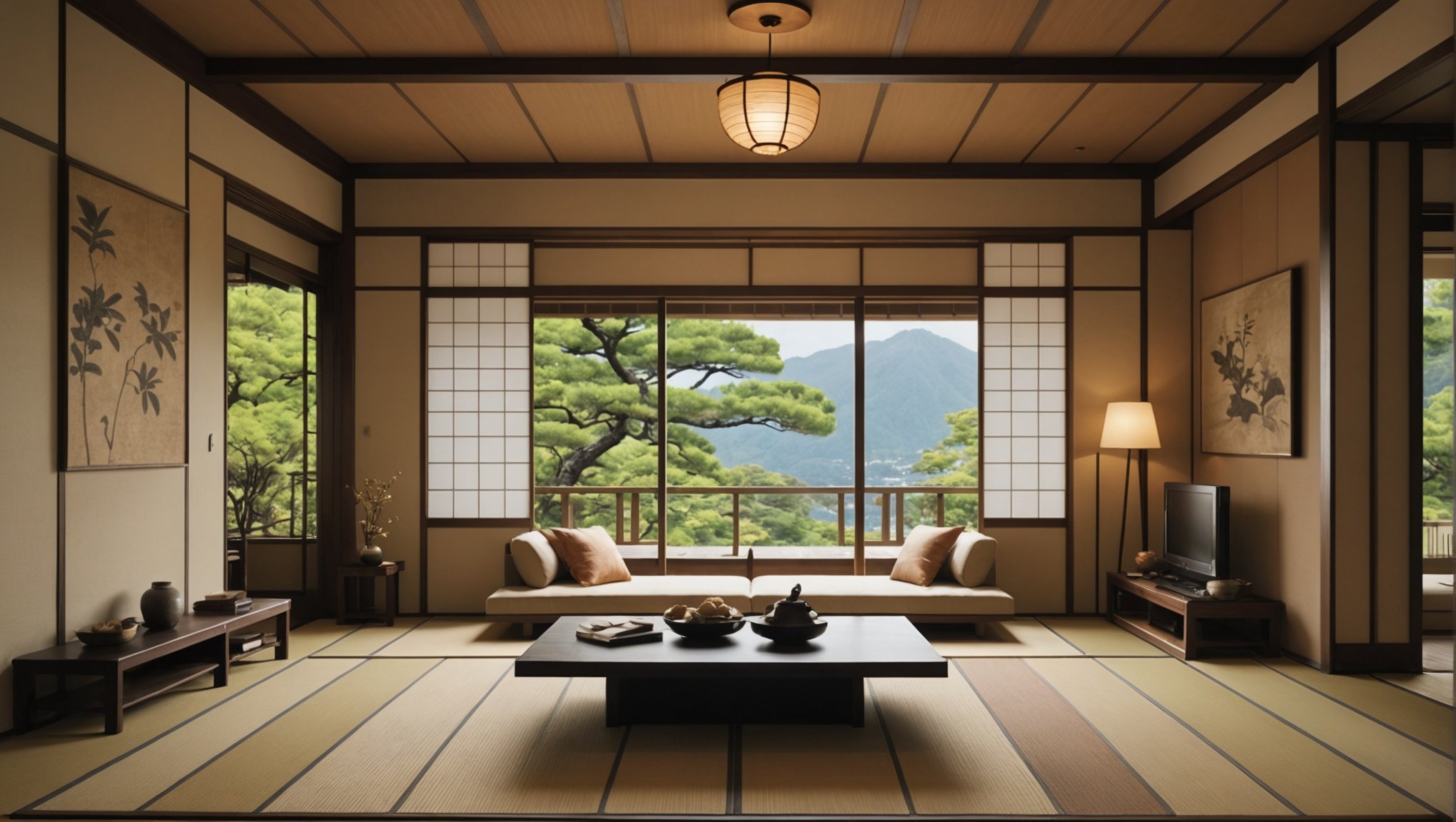Serene living spaces with japanese decor: discover kimurakami's collection

Japanese decor embodies tranquility and simplicity, creating serene living spaces that nurture the mind and spirit. KimuraKami's collection represents this rich tradition, offering handcrafted home accessories that blend functionality with beauty. Key elements of traditional Japanese design—minimalism, natural materials, and harmony with nature—are essential for curating calming environments. Discover how to incorporate these inspiring elements into your home and transform your space into a peaceful retreat.
Understanding the Essence of Japanese Decor
Japanese decor exudes a timeless elegance that transforms spaces into serene living environments. At its core, Japanese decor is about simplicity and harmony, rooted in centuries-old traditions. It embraces minimalism, using natural materials and subtle colours to create tranquil atmospheres. This approach is evident in the use of elements like tatami mats, shoji screens, and natural wood, which are staples in traditional Japanese design.
Dans le meme genre : What Are the Ethical Considerations of Using Drones in UK Wildlife Conservation?
A key aspect of Japanese decor is the concept of "Ma," which refers to the space between objects, emphasizing balance and proportion. This principle helps in crafting serene living spaces that feel open and uncluttered. Incorporating Japanese decor ideas into modern homes can enhance functionality and aesthetics, offering a peaceful retreat from the hustle and bustle of daily life.
Traditional Japanese design elements, such as Noren curtains and Chochin lanterns, add cultural depth and authenticity. These elements not only beautify but also serve practical purposes, like providing privacy and creating ambient lighting. Embracing these aspects of Japanese decor can transform any home into a harmonious sanctuary.
Lire également : What Is the Potential of Deep Sea Mining for Rare Earth Elements in the UK?
Exploring KimuraKami's Collection
The KimuraKami collection offers a diverse range of Japanese home accessories that elevate any living space. Each piece in this collection is meticulously crafted, showcasing the art of handcrafted home decor. This attention to detail not only adds aesthetic value but also imbues spaces with a sense of personal touch and cultural significance.
Featured Products
KimuraKami's collection includes unique items like the Maneki Neko, known for its symbolic gesture of attracting prosperity. This lucky cat also functions as a money box, blending functional beauty with charm. Similarly, the Daruma statuette, a symbol of goal-setting in Zen Buddhism, offers both decorative and motivational benefits. The collection's Chochin lanterns and Noren curtains provide practical solutions for privacy and ambient lighting, while preserving the elegance of Japanese decor.
Design Tips and Inspiration
To integrate these products seamlessly, consider using zabuton cushions and lanterns to create a zen-like atmosphere, ideal for relaxation. Pairing Ukiyo-e prints with existing decor can enhance cultural depth, offering a tranquil retreat within your home. Embrace these elements to craft a harmonious and personalized environment that reflects the essence of Japanese aesthetics.
Incorporating Japanese Aesthetics into Your Home
Creating a calming home environment through Japanese aesthetics involves embracing minimalist home decor and Zen-inspired interiors. This style prioritizes simplicity and functionality, using clean lines and uncluttered spaces to foster tranquility. To achieve this, consider integrating natural materials and neutral colour palettes that reflect the serene beauty of nature.
Incorporating indoor plants is a key strategy in Japanese design. They not only add a touch of greenery but also enhance the connection to nature, a fundamental aspect of Zen-inspired interiors. Choose plants like bonsai or bamboo, which are traditionally associated with Japanese decor, to maintain authenticity.
To design a peaceful retreat, focus on selecting decor elements that promote relaxation and mindfulness. Items like tatami mats or zabuton cushions can create a cozy, inviting space perfect for meditation or quiet reflection. Additionally, using nature-inspired decor, such as Ukiyo-e prints, can add cultural depth and visual interest without overwhelming the minimalist aesthetic. Embrace these strategies to transform your home into a sanctuary of calm and balance.
The Cultural Significance of Japanese Decor
Japanese decor is deeply rooted in cultural symbolism, reflecting values and traditions that have been passed down through generations. Each element, from the Maneki Neko to the Daruma statuette, carries distinct meanings that enrich the living space with cultural depth. For instance, the Maneki Neko, with its raised paw, is more than a decorative piece; it symbolizes good fortune and prosperity, while the Daruma statuette embodies perseverance and goal-setting.
Harmony in design is another cornerstone of Japanese aesthetics. This principle, known as "Wa," emphasizes balance and proportion, ensuring that every decor element complements the other. By incorporating this concept, one can create a space that feels both serene and unified.
Respecting and integrating Japanese culture in home decor involves thoughtful selection and placement of items that honour these traditions. It's about blending these cultural symbols in a way that respects their origins while enhancing the personal atmosphere of your home. By doing so, you not only beautify your space but also create a harmonious environment that resonates with the essence of Japanese culture.
